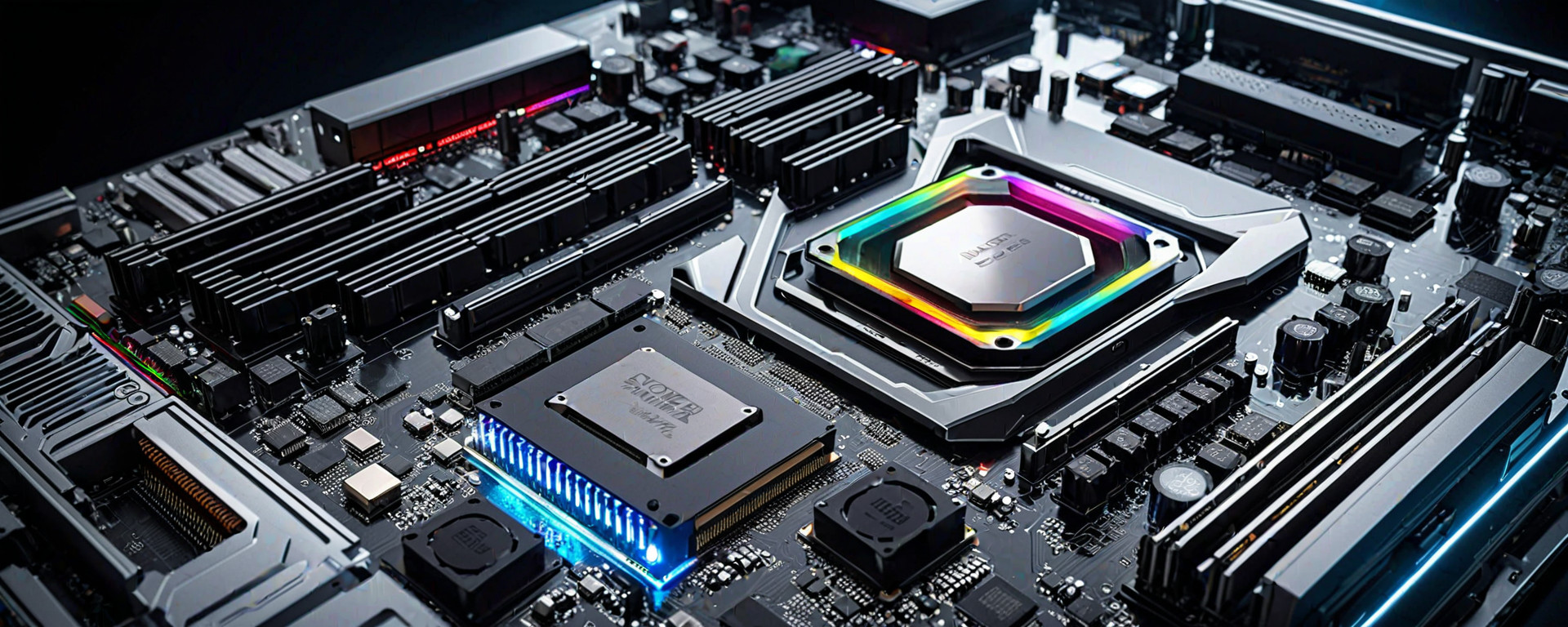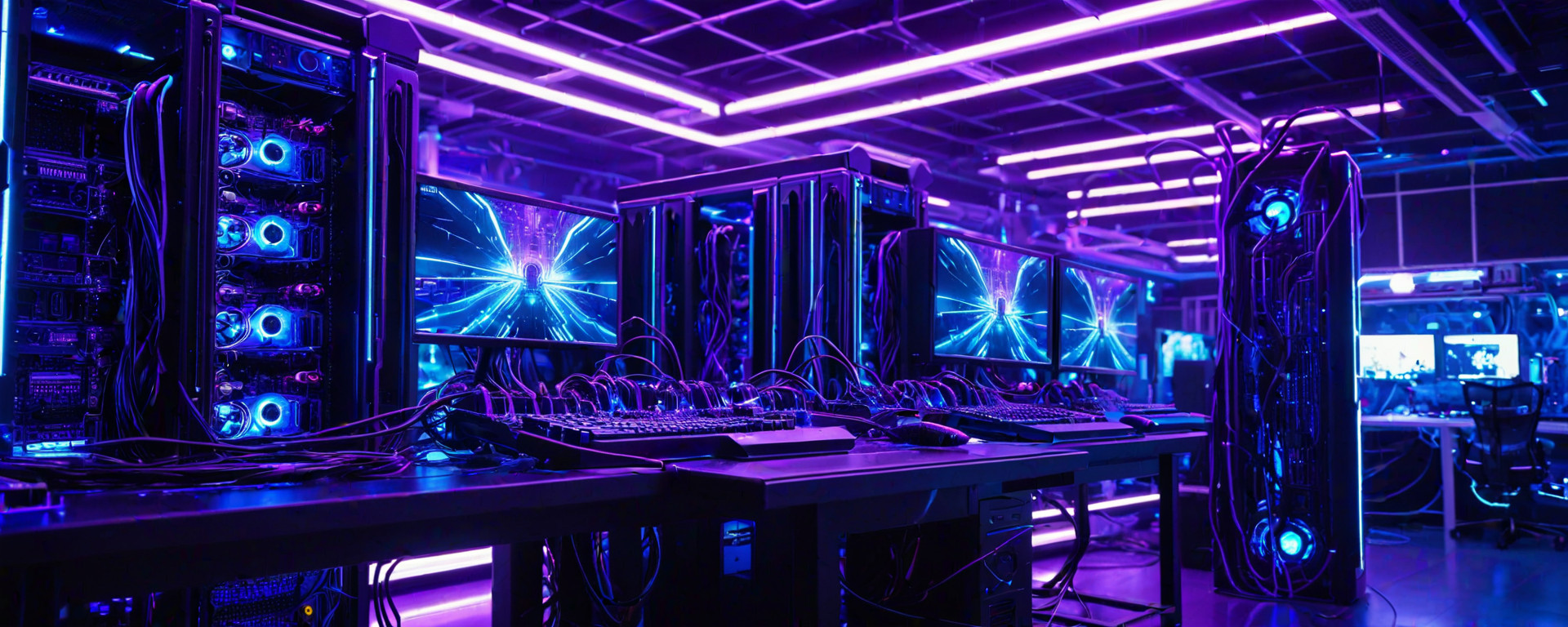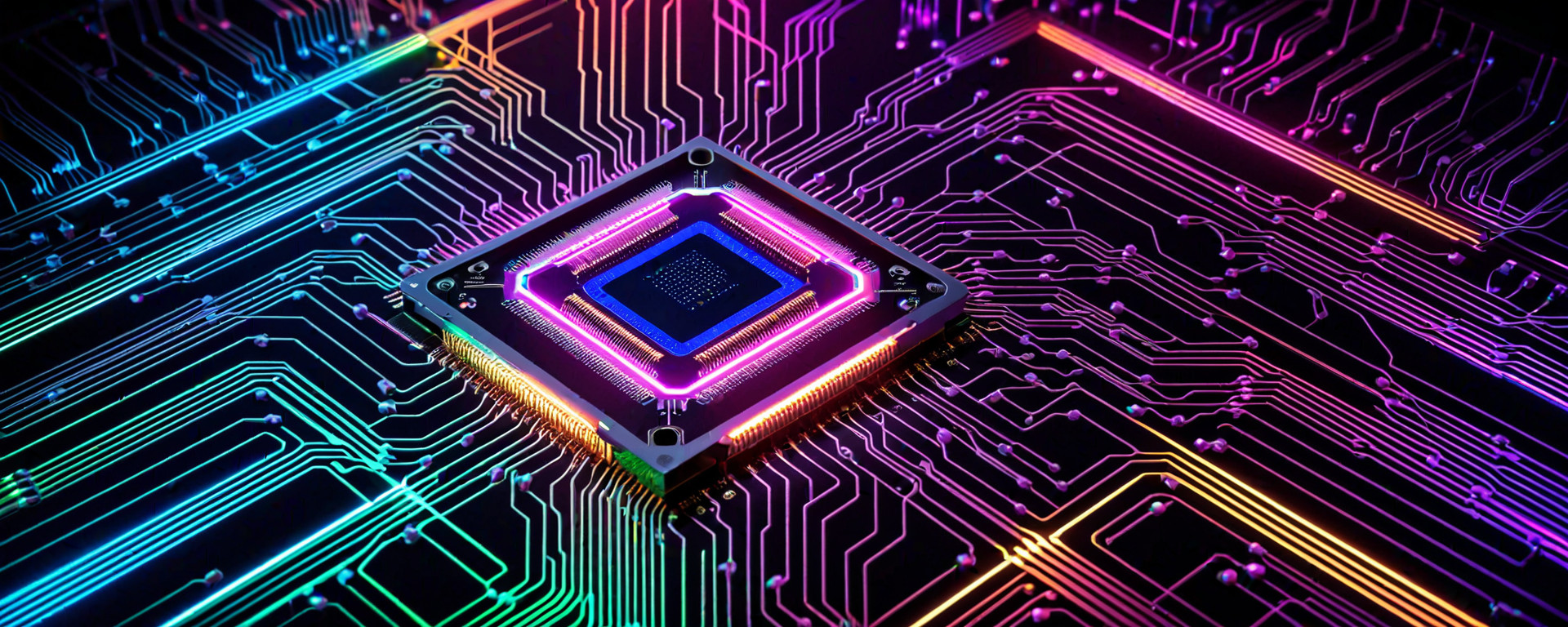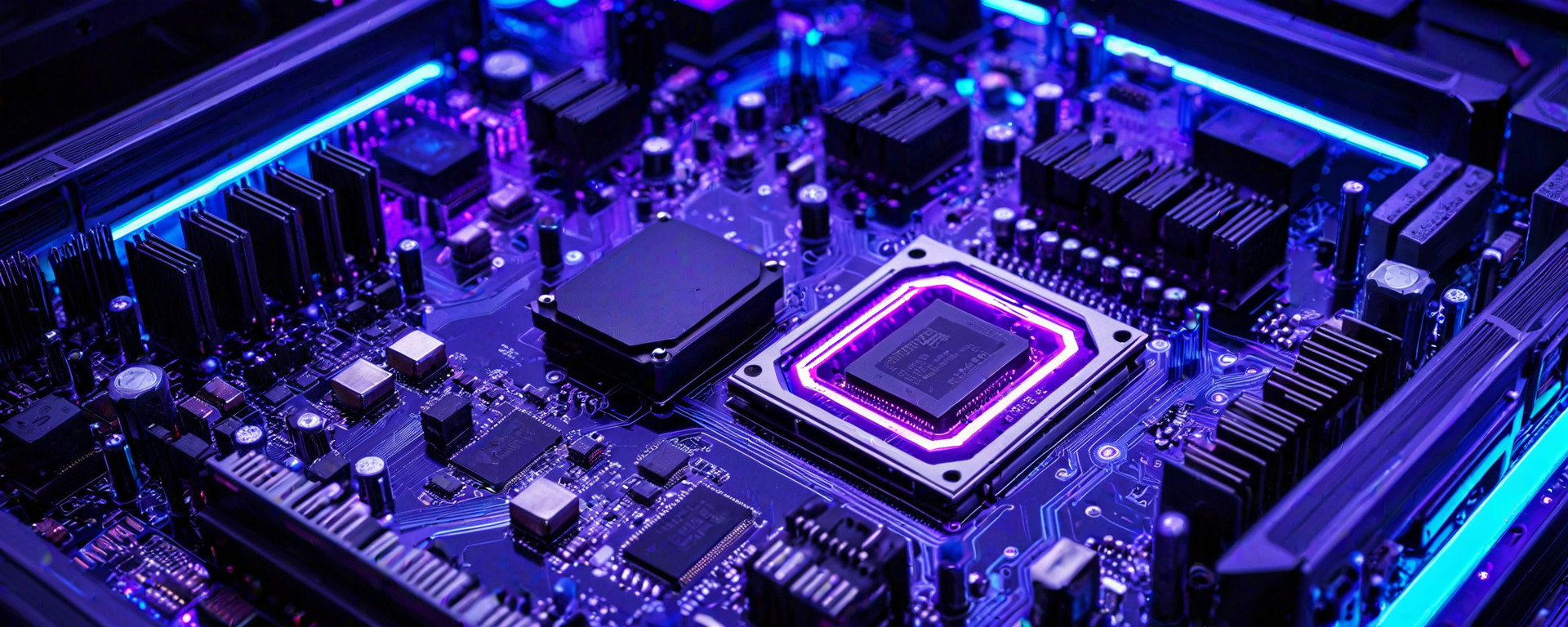Introduction
A computer motherboard serves as the backbone of a PC, connecting all essential components to ensure smooth system operation. Often referred to as the mainboard, logic board, or system board, it houses crucial elements such as CPU socket, memory slots, and expansion slots, among others.
Importance of Choosing the Right Motherboard
Selecting a suitable motherboard is critical for building an efficient and reliable computer. The motherboard determines compatibility with other components like CPUs, RAM, GPUs, and storage devices. It also impacts system performance and upgradeability. A well-chosen motherboard ensures optimal synergy between hardware components, resulting in better overall performance.
Key Features to Look For
- CPU Socket: Compatibility with your chosen processor is paramount.
- Memory Slots: Ensure sufficient capacity and compatibility for planned RAM upgrades.
- Pcie Expansion Slots: Necessary for connecting graphics cards, sound cards, or other expansion boards.
Key Components and Features
A motherboard consists of several critical components that interact to provide a functional computing environment. Understanding these elements is essential when selecting the right board for your needs.
CPU Socket
The CPU socket houses the central processing unit, which is crucial for all computing operations. Common sockets include AM4 (AMD) and LGA 1700 (Intel). Compatibility with your chosen processor dictates motherboard selection.
Memory Slots
RAM slots accommodate memory modules that boost system performance by providing fast data access. Most modern motherboards support up to DDR4 or DDR5 RAM, offering capacities from 8GB to 128GB per slot.
Pcie Expansion Slots
- x16 PCIe: Connects high-performance GPUs and other expansion cards requiring maximum bandwidth.
- x1 PCIe: Used for lower-speed peripherals like Wi-Fi adapters or sound cards.
Compatibility and Specifications
Motherboard compatibility is crucial to ensure seamless operation with your chosen hardware components. Key factors include form factor, chipset support, and power delivery systems.
Form Factor Comparison Table
| Form Factor | Description |
|---|---|
| ATX | Largest standard; offers extensive expansion options. |
| Micro-ATX | Smaller than ATX, suitable for smaller cases and reduced component count. |
| Mini ITX | Smallest form factor with limited expansion but ideal for space-constrained builds. |
Technical Specifications
- Chipset Support: Determines compatibility with specific CPUs and RAM types.
- Power Delivery Systems: Quality of power supply to the CPU can affect stability and longevity.
- Bios Updates: Allows for firmware improvements and new feature integration over time.
Compatibility Considerations
Motherboard compatibility with other components is crucial. Ensure your chosen board supports your intended CPU, RAM, storage solutions, and GPUs.
CPU Compatibility
Select a motherboard that matches the socket type of your preferred processor to ensure proper installation and operation.
Performance and Upgradeability
A high-performance motherboard enhances system capabilities while offering flexibility for future upgrades. Key factors include advanced cooling options, robust power delivery systems, and ample expansion slots.
Advanced Cooling Options
- Cooling Solutions: High-quality heatsinks or liquid cooling support can improve thermal management.
- AIO Liquid Coolers: Efficiently dissipate heat for overclocked systems.
Conclusion and Recommendations
Selecting the right motherboard is a critical step in building an efficient and reliable computer. Consider factors such as CPU compatibility, memory support, PCIe slots, and overall build quality. A well-chosen motherboard ensures optimal performance and future-proof flexibility.
For users prioritizing high-end gaming or professional workloads, opting for motherboards with advanced features like overclocking capabilities, robust power delivery systems, and ample expansion options is advisable. For those focusing on compact builds or limited space scenarios, Mini ITX boards offer a viable solution while maintaining essential functionalities.
This comprehensive guide aims to equip you with the necessary knowledge to make an informed decision when selecting your motherboard, ensuring your system operates at peak performance levels for years to come.








